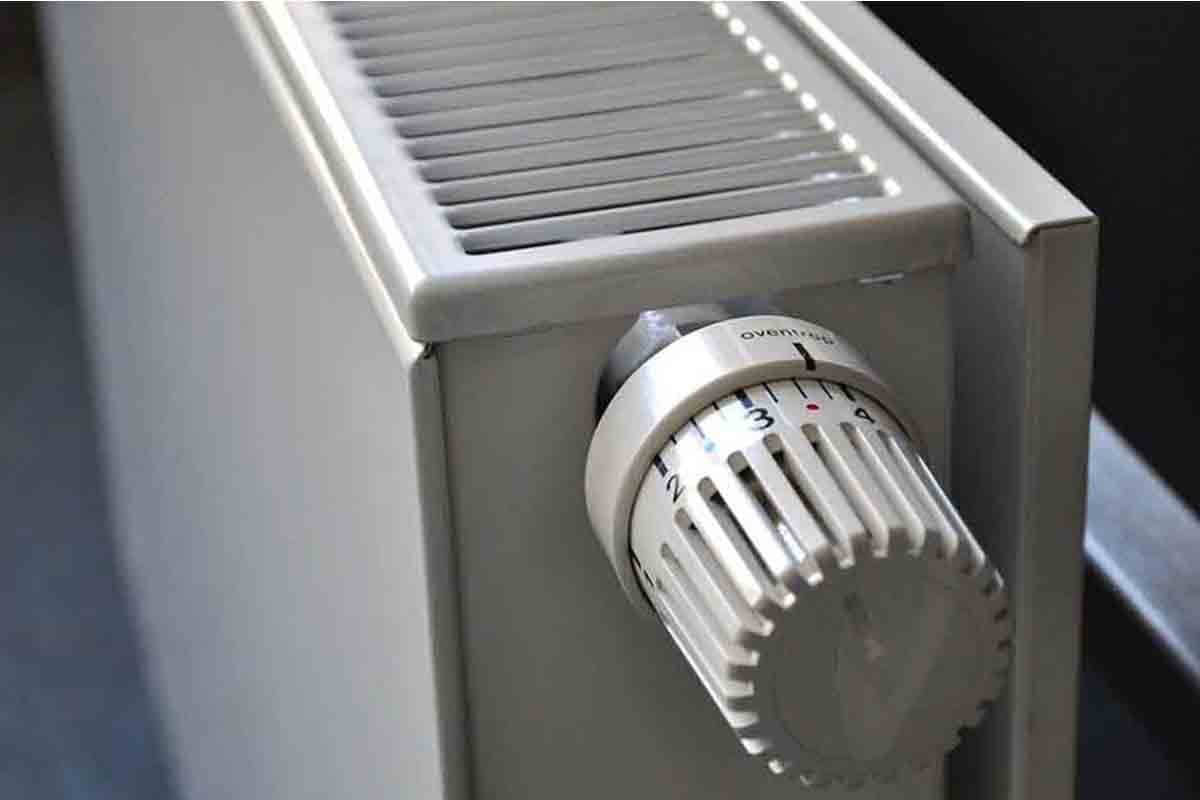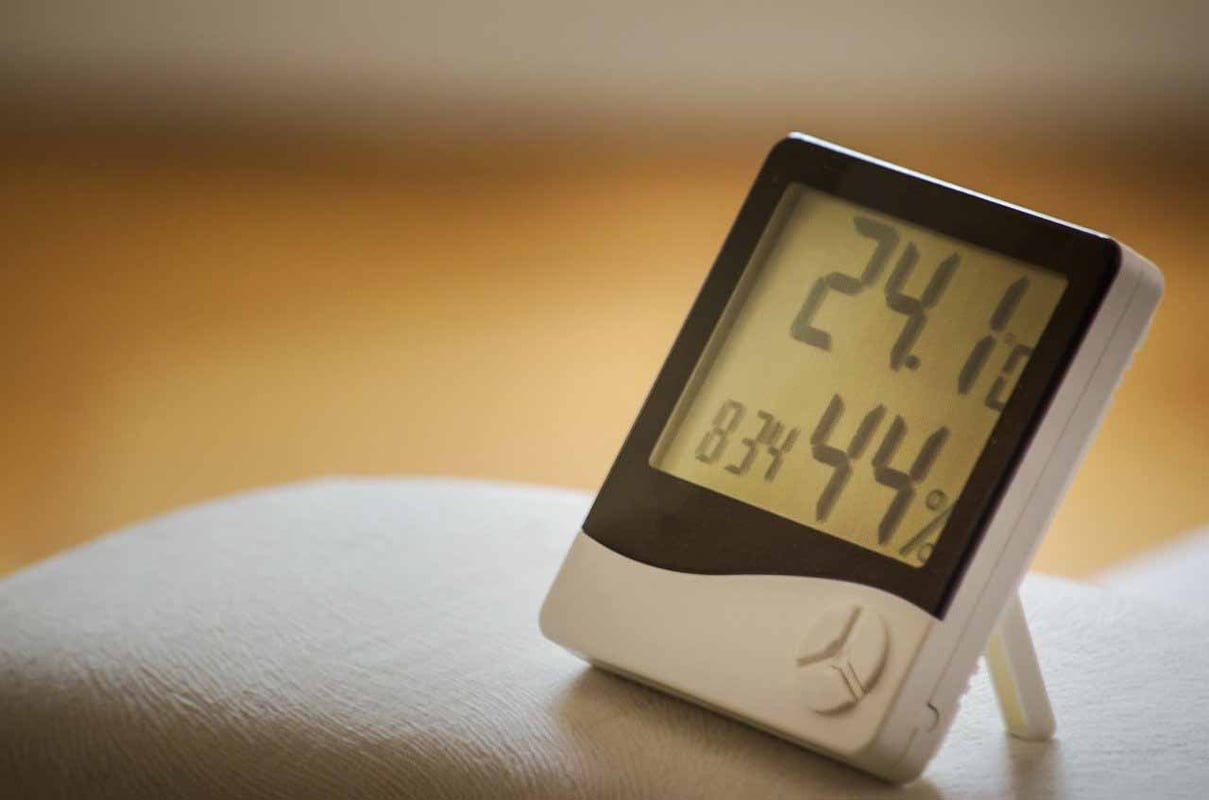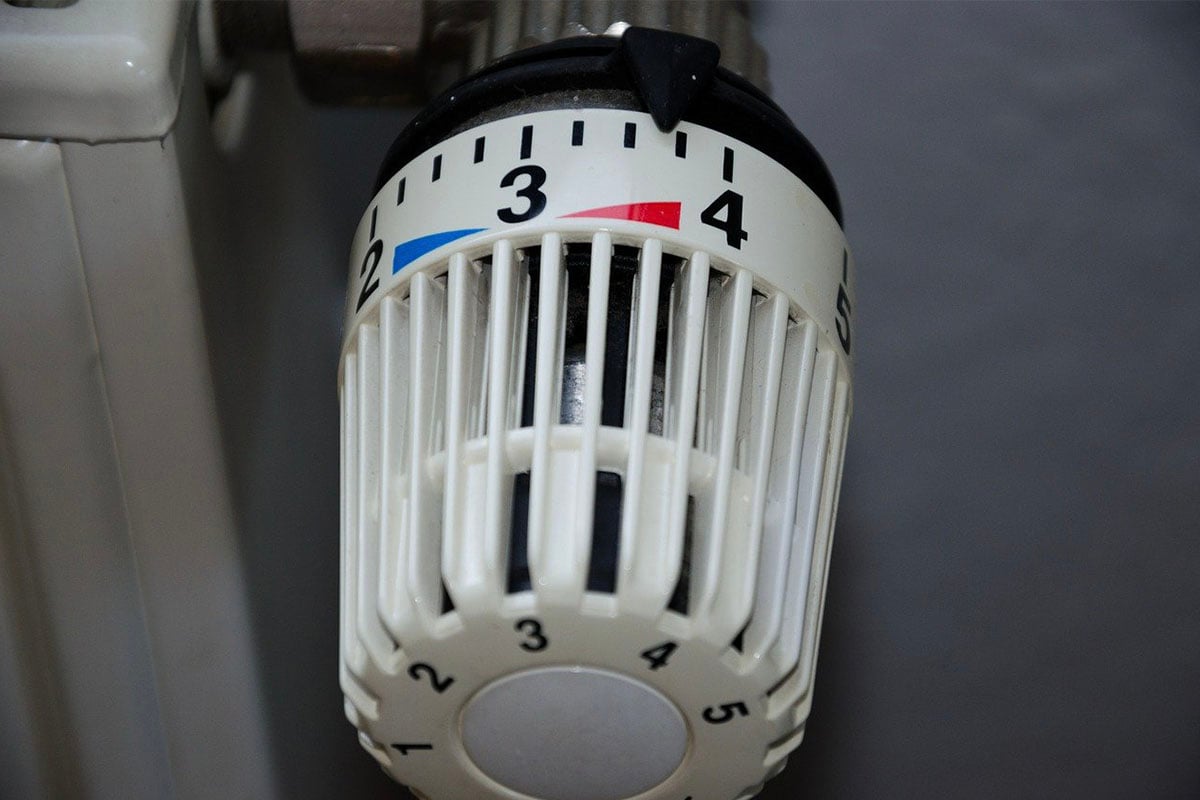
When we move around or exercise, our body produces heat in order to keep up with our activities. Think of it like when you start a car. When you turn the keys in the ignition, the engine rumbles to life which then allows a driver to move the vehicle around. With the gears in motion, the machine starts to heat up.
Of course, if a car’s engine were to short-circuit as a result of poor maintenance, it would then overheat. Here, too much warmth can also cause it to break down.
Comparing this to our own bodies, we also have an internal system that prevents us from overheating. To regulate our body temperature, our body expels heat through different ways:
- Conduction
When you wake up from an afternoon nap and walk barefoot towards your kitchen to get a glass of water, you will notice that the pads of your feet feel cold against the vinyl floor. In this instance, the heat generated by movement energy transferred to the floor. This is because when you come into contact with objects in a room that have cooled for a long enough time (around 20°C or 68°F), you lose about 2% of your body’s heat.
- Convection
Looking into the scientific principles of heat, warm air rises and is replaced by cool air. Convection is when heat energy is transferred through either liquid or gas. For example, when you sit in front of a fan, the motion of the fan’s blades moves the air around faster, cooling your body by 10% to 15%.
Similarly, when your body starts to sweat and cold air comes into direct contact with your skin, your sweat dries up by evaporating. This is also why in more humid areas, you’re more likely to feel sticky because the air has more moisture content.
- Radiation
When we stay under the sun or stand near a fireplace, we feel warm because of the presence of electromagnetic waves. In a similar fashion, our body naturally emits heat to help us cool down. But of course, our heat is not as radiant as the sun’s energy.
Our bodies do not exist in a vacuum. We go out and interact with different things and different climates at different levels of health and warmth. If we’re not careful, we may risk suffering from a cold or hypothermia. Depending on where you may be inside your house, it’s good to consider how the radiant temperature and air temperature of your space affect your body’s heat loss.
Air Temperature vs. Radiant Temperature

If you’re considering installing a heating system in your home, these two factors have the most effect on your comfort.
While air temperature is simply measuring how hot or cold the air is, radiant temperature is essential to thermal heating. Because energy is neither created nor destroyed, the heat you expel is merely transferred to the objects around you. When we’re in a closed room, the walls and floor absorb our heat. In an open space, this heat is transferred to the wind.
Measuring mean radiant temperature (MRT) comes into play when your room is not as cool or warm as you want it to be. Some companies use software to measure the temperature of all of the objects that surround you to determine your room’s MRT. Knowing this gives you a better idea of how warm or cold you may end up being and how your heating system will affect your air temperature.
The Standard Room Temperature
While people may need various things to feel comfortable in a room, the standard of comfortable room temperature was developed by a Frenchman named Missenard in 1935. He proposed that the average between air temperature and MRT that suits most people is between 19°C to 23°C or 66.2°F to 73.4°F . Since then, most heating/insulation institutions in Europe have called it the dry resultant temperature and have used it as a comfort metric.
But of course, your ideal room temperature is still based on personal preferences, the seasons, the area of your home, or your usual activities.
If you are older or more susceptible to the cold, you may adjust your temperature to 20°C to 24.44°C or 68°F to 76°F. Due to the seasonal drop in temperature during winter, you will need a warmer house to keep your immune system healthy. Conversely, when it’s summer, your house may need to be cooler.
As previously mentioned, warm air travels upward. So, in order to keep your upper floors from being too warm, it’s good to keep the temperature a few degrees lower—especially if you spend most of your time there. Finally, if you happen to have a basement, since it’s the room closest to (or even underneath) the ground, it’s good to consider that the temperature should be the highest there.
How to Stay Warm
Central Heating Systems
A central heating system implies that the system’s parts are all located in one place and is used to control the temperature of the whole house. When getting a heating system for your house, you need to consider how big your house is, how much heat you want to generate, and how much you’re willing to invest.
To start, here are the different kinds of hot water systems:

1. Electric Boilers
Typically, smaller than a gas boiler, these types of boilers use electricity to heat the water for your radiator and kitchen and bathroom water. These are usually paired with storage heaters.
2. Gas Boilers
As the name implies, these are the systems that use gas to heat up water. Mostly larger in size, these are the more popular among US households.
Once you’ve decided on your hot water system, it’s time to consider the different types of central heating systems:
3. Wet Systems
This is the most common type of system, making use of a boiler or heat exchanger and a radiator. As the boiler burns up fuel, it heats up water that will later be fed through pipes running along your floors and inside your walls to end up in your radiator.
The wet system is famous in UK households, where they get either conventional boilers or combi types.
4. Warm Air Systems
Instead of water, this heating system heats up the air which is then released through ducts or vents located around the house. This is more commonly found in commercial or office settings as it may also circulate cool air in crowded places.
5. Storage Heater Systems
Being the most energy-efficient of the three, this heating system stores heat during the night. Using bricks instead of water, the heat is released gradually throughout the day.
Alternative Heating Sources
1. Heating Oil
Instead of using fuel to power furnaces or boilers, some rural areas in the US use oil. Not only does is provide more heat than other energy sources, it can also be mixed with other biofuels to help lower overall cost.
2. Geothermal Pumps
If you live in colder regions that have four seasons instead of two, using a geothermal heat pump may prove more efficient and cost-worthy than other options.
This type of heating system uses underground temperatures to heat a home during wintertime. The temperature underground is usually between 7°C to 21°C (or 45°F to 75°F) throughout the entire year. For colder regions, this is often warmer than the temperature aboveground.
3. Solar Heating
As solar energy is becoming a more popular energy source, solar heating systems are also being introduced in the market. Active solar heating is less commonly used as it requires the sun’s thermal energy to heat up water or air. This energy is then stored or transferred to rooms through a blower.
Passive solar heating relies on absorbers and thermal masses to retain thermal energy from the sun. In homes, an absorber is usually the floor covering and the thermal mass is the cement underneath that can retain heat. This is typically used to complement already existing heating systems.
4. Pellet Stoves
Much like how wood stoves were used to heat up rooms centuries ago, pellet stoves are becoming more popular for being a clean solid fuel heating option. These require pellets that are made of wood, corn husks, or nut shells. Some stoves have a convection blower that circulates the warm air through heat exchangers around the house.
5. Under-floor Heating
Instead of releasing warm air through ducts or vents, this type of heating system uses electric boilers to heat up floors. This is beneficial for those who struggle with allergies since it does need air to be blown into a room.
Changing Everyday Habits
Another reason why you might be feeling either too cold or too warm is because of your daily activities. Exercising more and keeping yourself hydrated will not only keep your body cool but also strengthen your immunity against the cold. It’s also beneficial to maintain a healthy diet so that you will feel less lethargic.
Setting Your Heating Right

There are ways to keep your house warm during winter nights and cool on summer ones. That said, keeping an eye on your heating with the help of a thermostat will save you from making costly mistakes.
1. Using the Wrong Thermostat
It’s a common mistake for buyers to jump the bandwagon when purchasing popular products, thinking that it will work for them. But as some thermostats are only compatible with specific types of heating systems, choosing the wrong one can negatively affect your experience at home.
In addition, picking out a thermostat that works for you also depends on preferred features and the cost you’re willing to spend. Take the time to carefully consider your options, review the different mechanical, digital, and programmable thermostats in the market. Once you’ve identified which heating system works best for you, you’ll be able to make the right purchase.
2. Turning Up the Temperature Too Quickly
After a freezing walk home, some people normally turn the thermostat higher than the temperature they are used to. But this won’t heat up your home faster.
A thermostat works as limiter. Once it reaches the temperature you have set, it automatically turns the heating off to keep the room from becoming too warm. Doing this not only overheats your machine but also makes your room stuffy.
If you’re using a central heating system, it’s best to adjust the radiator valve of your room instead. Note as well that adjusting the temperature for the entire house can make warm rooms more uncomfortable for the other people you live with.
3. Keeping the Heat On Constantly
To keep your pocketbook from spending more than you can afford, you may want to lower the temperature when you’re away from home. This doesn’t mean that you should completely turn your thermostat off, especially during the winter season, since this could leave your house susceptible to cold that cause mold and mildew to grow in nooks and crannies. In extreme conditions, shutting the heat off completely also runs the risk of ruining your pipes.
Instead, have a setback temperature for while you’re away. This can keep your home warm without risking expensive bills or an overheating machine.
4. Adjusting the Thermostat Too Often
Once your thermostat is installed, maintaining it can be difficult.
Aside from going over the manual, avoid adjusting the temperature too often. Other than suddenly setting your temperature too high, if you’re constantly changing the levels, this can also cause the machine to overheat.
Instead, it’s highly recommended that you set a temperature that you can be comfortable in for eight hours or more. This will also keep your heating system functioning for a much longer time.
5. Not Using Heating Pad
Instead of turning the temperature too high, a thick sweater or a heating pad may save you from bouts of chills. If you were to set the temperature too high, it will be too stuffy and can cost you an expensive bill. If the temperature were to be too low, you might catch a cold. It is recommended to adjust the temperature to one that you are normally comfortable with and use either an electric underblanket or a heating pad to stay warm. Our 4D DWF electric underblanket understands the concepts of air flow and uses it to disperse heat evenly, thoroughly, and quickly. This may also help your tense muscles relax from a long day, more so than a stuffy room.
With the help of central heating technology, you can keep an eye on your home’s air temperature and stay healthy. This way, you and your family can enjoy cozy nights and productive mornings.
4D DWF technology disperses the heat generated by our blankets through uniquely designed holes, allowing them to give you ideal conditions for sufficient and comfortable sleep.
Interested in becoming a distributor of Wellcare's 4D DWF products? Click on the link below to learn more about 4D DWF electric blanket - what sets them apart from conventional electric blanket, and the science that comes with creating the next step to sleeping in comfort.


.png?width=512&name=united-kingdom%20(1).png)

